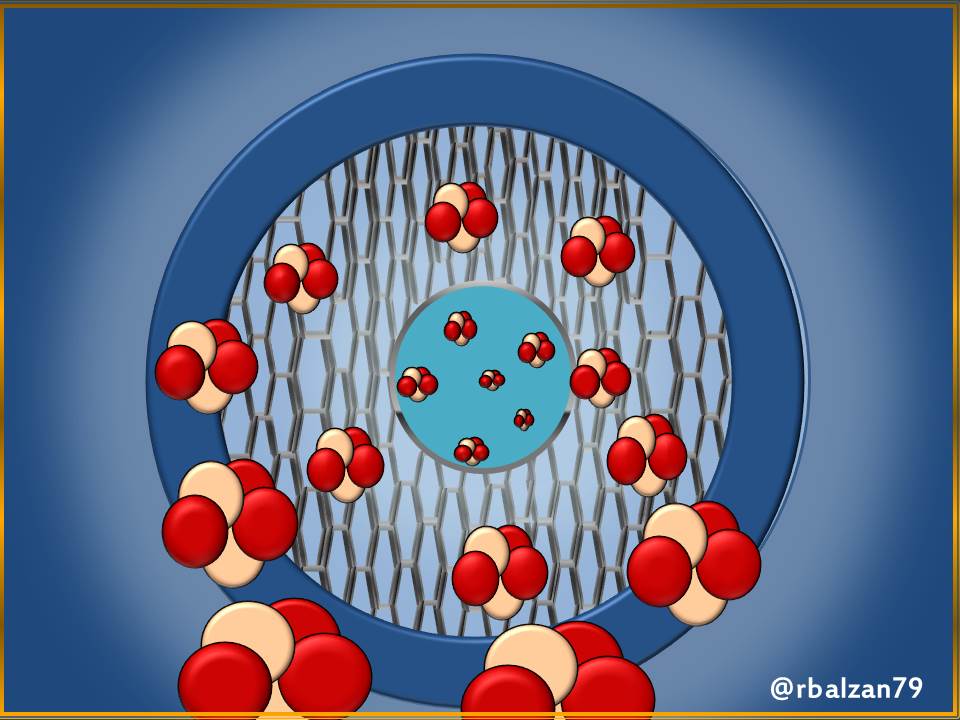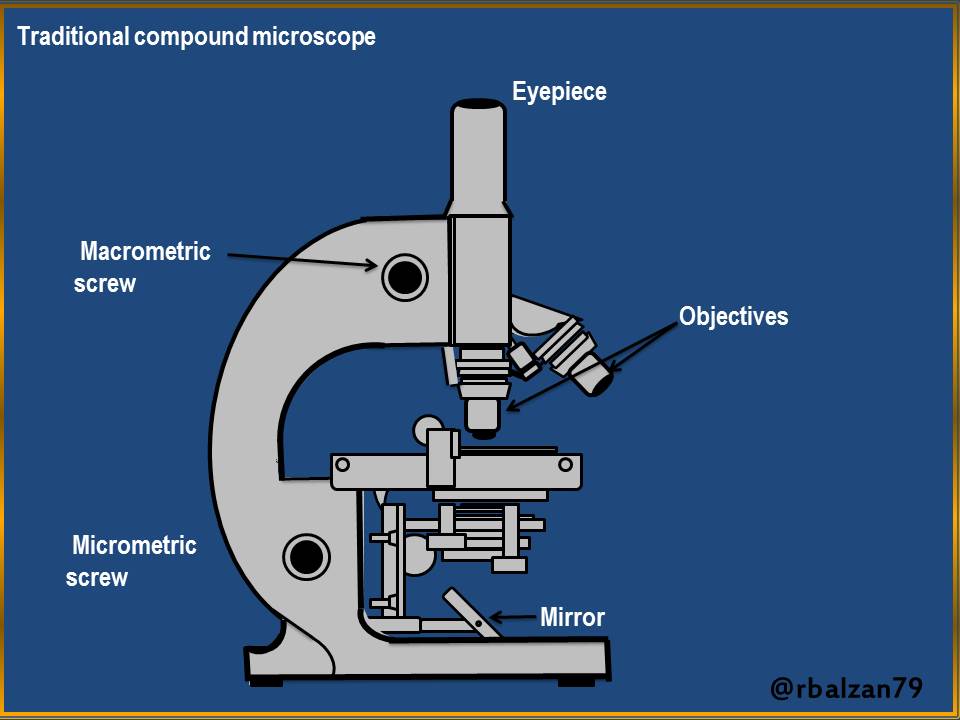Nanoscience and Nanotechnology / Two sides of the same coin
Perhaps my dear readers, many of you have heard about nanotechnology or have read some concepts or definitions related to it, if we manage to travel through that wide information highway called the Internet, we would find great diversity in terms of the description of nanotechnology, many of these interpretations manage to converge towards the same description, however, others not so much.
It is important to emphasize that for many people nanotechnology constitutes the science that studies the infinitely small, however, we can say that this is not rigorously accurate, because this definition could be attributed to that part of physics that is responsible for the study of high energies, such as electromagnetic radiation (without mass charge) or corpuscular, both have spectral fractions that can ionize matter, so this area analyzes matter at levels of protons, neutrons and even at levels of quarks, the latter constituents of the elements mentioned above.
In general terms, we could say that nanotechnology deals with the development of materials, devices, structures, as well as functional systems through the control and assembly of matter at the nanometer scale, always taking into account the application of new concepts, principles and physical, mechanical, biological and electrical properties, among others, depending on the area of application at such a small scale.
To strengthen the conceptualization of nanotechnology we must also mention its main ally to nanoscience, and with this we must affirm that both areas (nanoscience and nanotechnology) were born as open disciplines and not closed, that is why they have been structured in a parallel way according to the arrival or appearance of new discoveries, and that ultimately we still do not know how far they can take us in the space-time called future.
According to the above, we can think far beyond a normal growth horizon, that is, one that is truly developed and grows exponentially, thanks to the essential nexus between nanoscience and nanotechnology.
Therefore both disciplines are in charge of the study of systems or structures whose sizes are imperceptible to our natural optical systems (eyes), i.e. sizes at the scale of nanometers, the prefix "nano" constitutes a dimension of 10 raised to -9, expressed in simpler terms one (1) nanometer is equal to 0.000000001 meters.
The main task of nanoscience is to try to understand and interpret what happens at such a small scale, and then with the use of nanotechnology is to manipulate and control the system or phenomenon analyzed, the purpose is to achieve a new rearrangement of the atoms and therefore the molecules of the system studied, so manufacture or structure new materials, this wonderful application is what really has given nanotechnology its enormous prestige and consequently high quality results.
Conclusion
This very important nexus has managed to consolidate the enormous field of research, where, as we know, essential disciplines (physics, biology, chemistry, engineering, medicine, among many others) dedicated to the understanding of unknown phenomena at the atomic and molecular level, coincide.
The above described gives to this union a true character both inter and multidisciplinary, whose main objective is to be able to verify the behavior of any type of material, which at a nanometric scale behaves or acquires different properties, in relation to a macroscopic scale.
To conclude this first delivery related to nanoscience and nanotechnology, we can express that both disciplines have managed to structure their own entity in a parallel way, and also have been able to give other scientific branches new and essential measurement instruments, capable of observing matter at atomic levels, an example of this is represented by the microscopes, there are currently countless measurement instruments obtained thanks to this wonderful link.
Many aspects to analyze related to this nexus, the purpose is to develop little by little the impact that these disciplines have represented for all of us through time.
Until another time, my dear readers.


@tipu curate
Upvoted 👌 (Mana: 8/32)
Thank you for the valuable support @creativeblu in conjunction with tipu. Greetings.
Definitively a very interesting publication, especially the title of your publication is the most interesting and it attracts a lot because it is a great reality are two sides of the same coin, both are fully linked and always to achieve an end that benefits some way to humanity depending on where these applications of Nanoscience and Nanotechnology are used.
Thank you for your important visit @lanzjoseg and comment positively on this first issue related to nanotechnology. Successes.